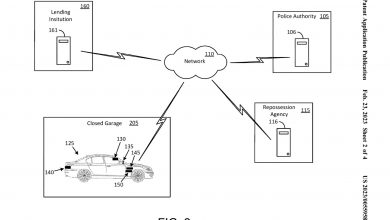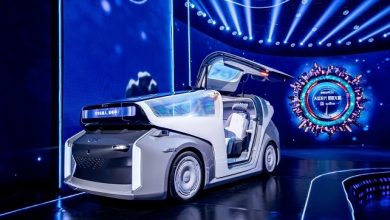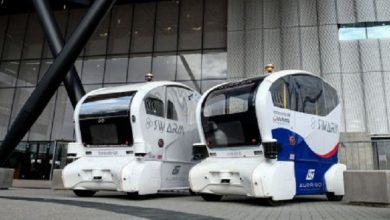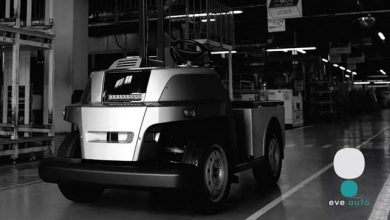A first for small cars: New Polo on the road with IQ.DRIVE Travel Assist partial automation
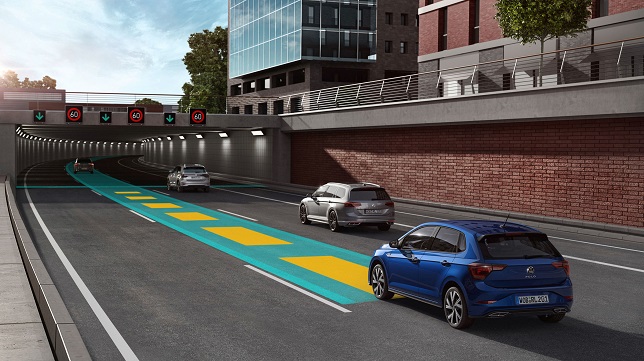
With the new Polo, one of the world’s first small cars capable of partly automated driving is now coming onto the market. The Volkswagen steers, brakes and accelerates automatically on request. This is made possible by the optional IQ.DRIVE Travel Assist. Volkswagen is consolidating its systems on the road to automated driving under the IQ.DRIVE umbrella brand. These technologies have up to now only been available in larger models such as the Golf, Tiguan, Passat, Arteon and Touareg. As a first in its class, the Polo now also permits partly automated driving across the entire speed range. Especially during motorway travel, IQ.DRIVE Travel Assist adds a truly noticeable level of comfort.
IQ.DRIVE Travel Assist is extremely easy to use: the standard multifunction steering wheel has a separate button for the smart assist system. A simple click is all it takes, and the new Polo assumes partly automated lateral02 and longitudinal guidance. The system is based on the fusion of Adaptive Cruise Control (ACC) and adaptive lane guidance, combining for lateral and longitudinal guidance. With this combination of assist systems, the Polo takes a step into next higher vehicle classes. This is how IQ.DRIVE Travel Assist works:
ACC ensures that the Polo automatically maintains the permitted speed currently selected by the driver. Thanks to camera-based Dynamic Road Sign Display, the Polo “knows” how fast it is allowed to drive. Using radar sensor technology, it also detects if a slower vehicle appears in front of it. It then brakes the Polo, and therefore always keeps the correct, safe following distance. If there are no longer any cars in front, the Volkswagen accelerates again. There will also be a predictive – forward-looking – ACC system in combination with the navigation system and dual clutch gearbox (DSG). Among other things, this will allow the vehicle to react to bends or town boundaries and reduce speed.
The lane keeping system Lane Assist scans the area in front of the Polo using the same camera in the windscreen as the Dynamic Road Sign Display system. The assist system thereby detects the lane markings and steers correctively as soon as any unintentional movement out of the lane is detected. If IQ.DRIVE Travel Assist is active, the predictive ACC and adaptive lane guidance work together as described. In other words, the Polo brakes, accelerates and steers automatically within the system limits. However, the driver must keep their hands on the steering wheel, as they are always responsible for judging the traffic situation and controlling vehicle behaviour. The driver signals this preparedness via the capacitive surfaces of the steering wheel rim, which respond to touch.
With the manual 5- and 6-speed gearboxes, IQ.DRIVE Travel Assist can be used from a speed of 30 km/h to the maximum speed (210 km/h). If the Polo is fitted with a 7-gear dual clutch gearbox (DSG), the assist system is already available from a speed of 0 km/h. With IQ.DRIVE Travel Assist and DSG it is therefore possible to drive with assistance and thus more comfortably in stop-and-go traffic jam situations. Those who prefer active driving can simply ignore the button for activation of IQ.DRIVE Travel Assist. However, partly automated assist systems relieve the strain on drivers, especially on long journeys. And that’s what it’s all about: more comfort. IQ.DRIVE Travel Assist and ACC are available for the Polo as components of the optional IQ.DRIVE package. Lane Assist is already included in the generally standard assist systems for the new Polo.
Internationally, driving automation is classified into six levels, from Level 0 to Level 5. In Level 0, there is no support from intervening assist systems. In Level 1, the vehicle assists either lateral or longitudinal guidance and the driver is responsible for the other part. However, IQ.DRIVE Travel Assist meets the requirements of Level 2 partly automated driving by taking over both lateral and longitudinal guidance at the same time. Taking into account the legal situation and with respect to safety, Level 2 is considered the current status quo. For safety reasons, the driver must still continuously monitor the system. Only when this is no longer necessary does the highly automated Level 3 kick in – the next big leap. In Level 3, the driver must nevertheless be potentially prepared to take the wheel again on request. In fully-automated Level 4, the driver hands over the responsibility completely to the vehicle in specific cases – such as on the motorway. If the vehicle generally travels without a driver from the start to the destination, this is regarded as Level 5; the hardware and software for this could be available in the next decade.

